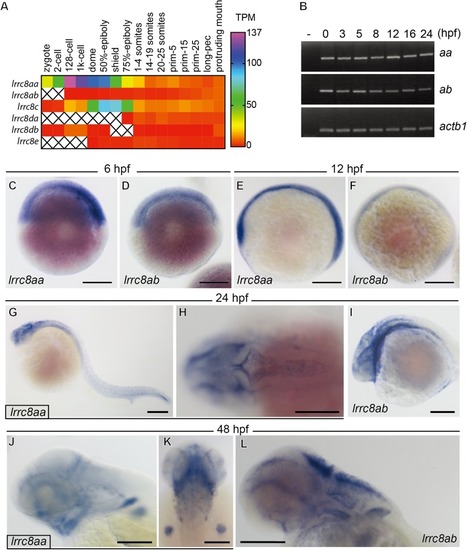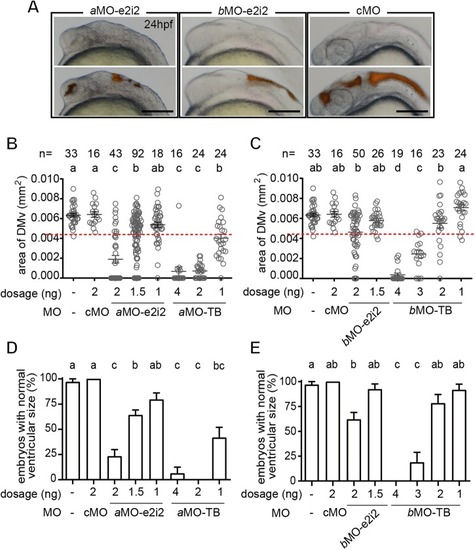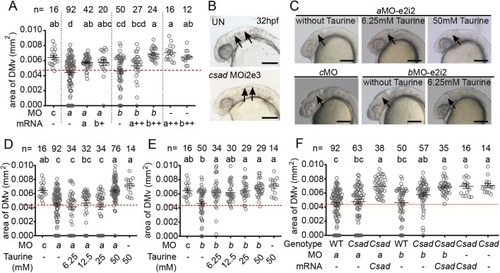- Title
-
Leucine-rich repeat containing 8A contributes to the expansion of brain ventricles in zebrafish embryos
- Authors
- Tseng, Y.T., Ko, C.L., Chang, C.T., Lee, Y.H., Huang Fu, W.C., Liu, I.H.
- Source
- Full text @ Biol. Open
|
|
|
|
|
PHENOTYPE:
|

ZFIN is incorporating published figure images and captions as part of an ongoing project. Figures from some publications have not yet been curated, or are not available for display because of copyright restrictions. PHENOTYPE:
|
|
PHENOTYPE:
|




